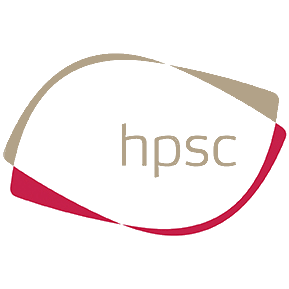Update on Polio outbreak in European region - no time for complacency regarding polio immunisation
In April 2010 the WHO European Region experienced the first importation of wild poliovirus since it was certified polio free in 2002. The WHO European office has issued an update on the polio situation in the region. Please click here to access the report.
As of 30 September 2010, polio has been reported in three European countries and cases are under investigation in an additional 3 countries;
• Tajikistan (458 laboratory‐confirmed cases of wild poliovirus type 1, including 26 deaths)
• The Russian Federation (12 cases)
• Turkmenistan (3 polio cases)
• Kyrgyzstan (50 cases investigated, laboratory results pending on 13)
• Uzbekistan(99 cases under investigation)
• Kazakhstan(54 cases under investigation)
Polio vaccination is part of the routine immunization programme in Ireland.
HPSC recommendations
1. Vaccination to protect against polio is included in the 6-in-1 vaccine given to infants at 2, 4, 6 months of age. An additional booster dose is given at 4-5 years of age (as part of the 4-in-1 vaccine).
2. All individuals, of all ages, regardless of whether they intend to travel, should ensure that they have completed appropriate immunisation against polio.
3. Travellers of any age to areas where polio is epidemic or endemic should ensure that they are appropriately immunised.
Note for clinicians:
4. All cases of acute flaccid paralysis (AFP)*, particularly in children < 15 years of age, should be investigated and 2 stool samples should be sent to the National Virus Reference Laboratory (NVRL) for testing indicating reason for investigation†.
*Acute flaccid paralysis has been defined as any case of new onset of hypotonic weakness in a child aged less than 15 years of age. This includes possible illness due to Guillain-Barré Syndrome, transverse myelitis, traumatic neuritis, viral infections such as Enterovirus 71, Echovirus, Coxsackie virus, toxins and tumours. All these causes of acute flaccid paralysis should be investigated. The non-Polio acute flaccid paralysis rate should be at least 1 per 100,000 children under 15. *Isolated facial paralysis is not included in the case definition of acute flaccid paralysis and does not require to be reported.
†It is strongly recommended to contact the National Virus Reference Laboratory in UCD for advice regarding the transfer of appropriate specimens immediately on admission of any child with acute flaccid paralysis, regardless of the cause of the AFP. Non-infectious causes of AFP are included in the surveillance required by the WHO.
In all cases of acute flaccid paralysis it is essential that two specimens of stool are collected taken 24 hours apart and within 14 days of the on set of paralysis. These stool specimens must be sent to the National Virus Reference Laboratory.


